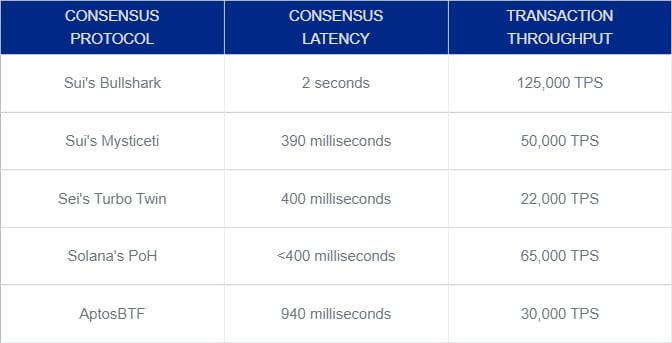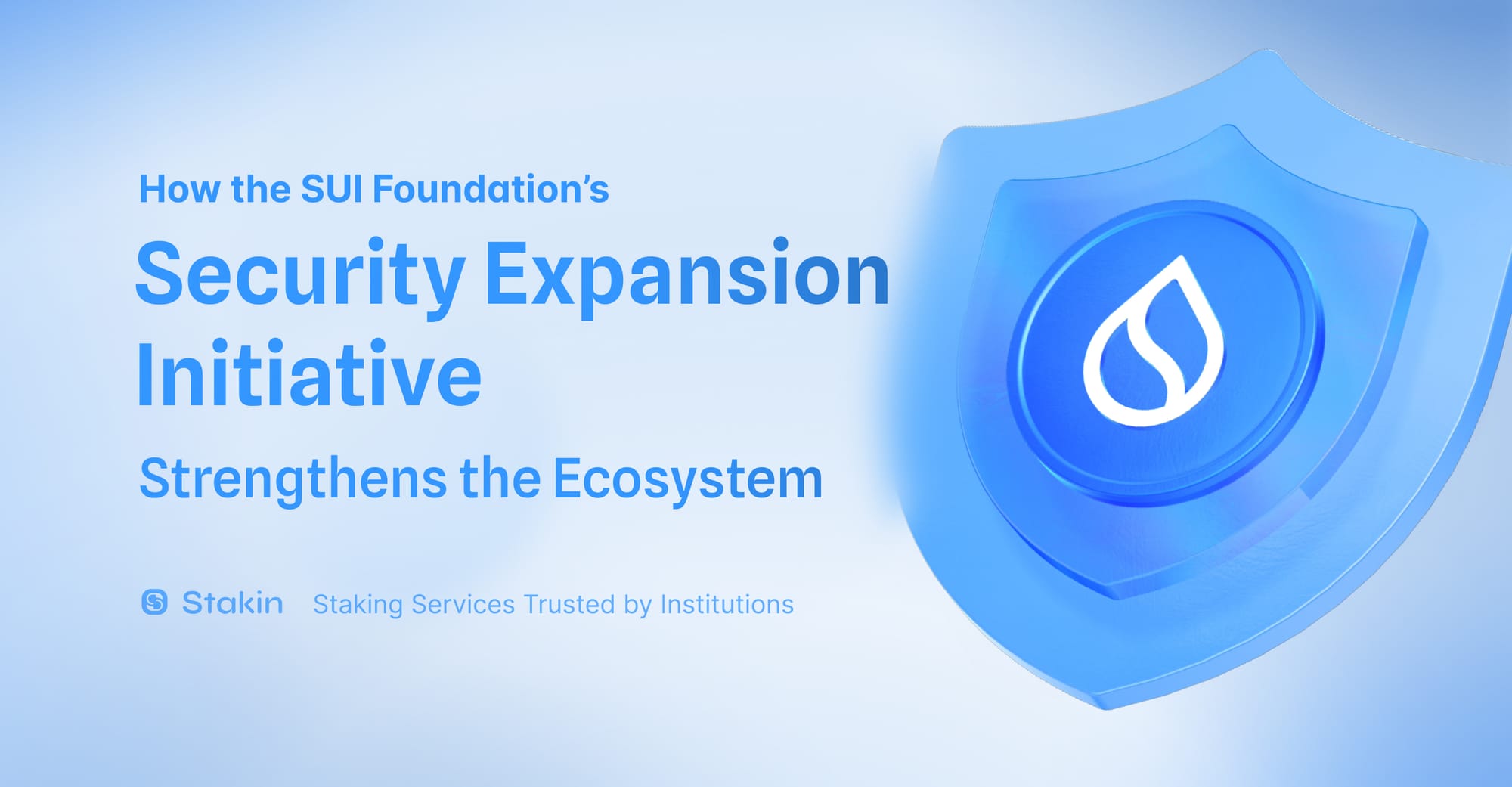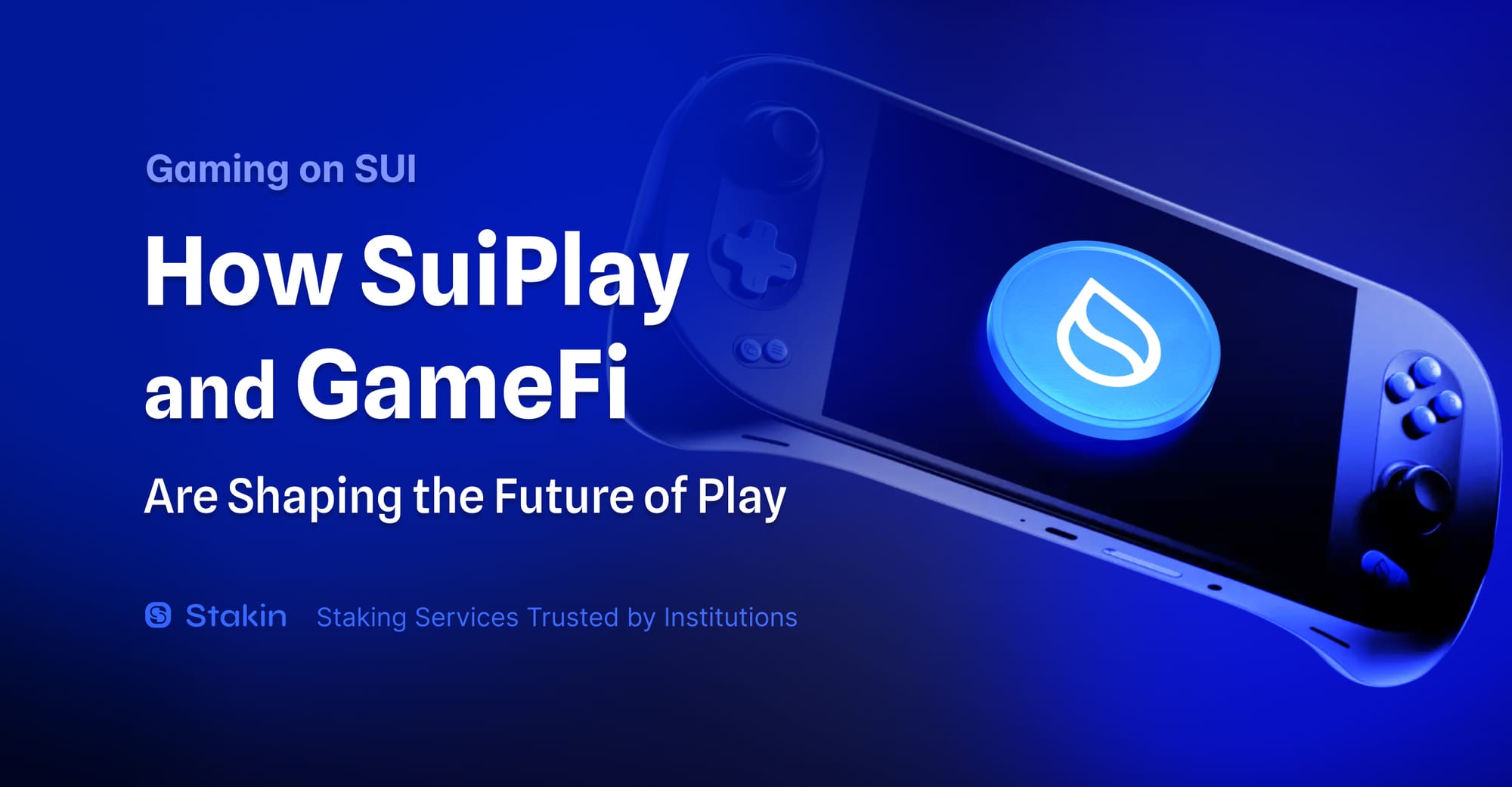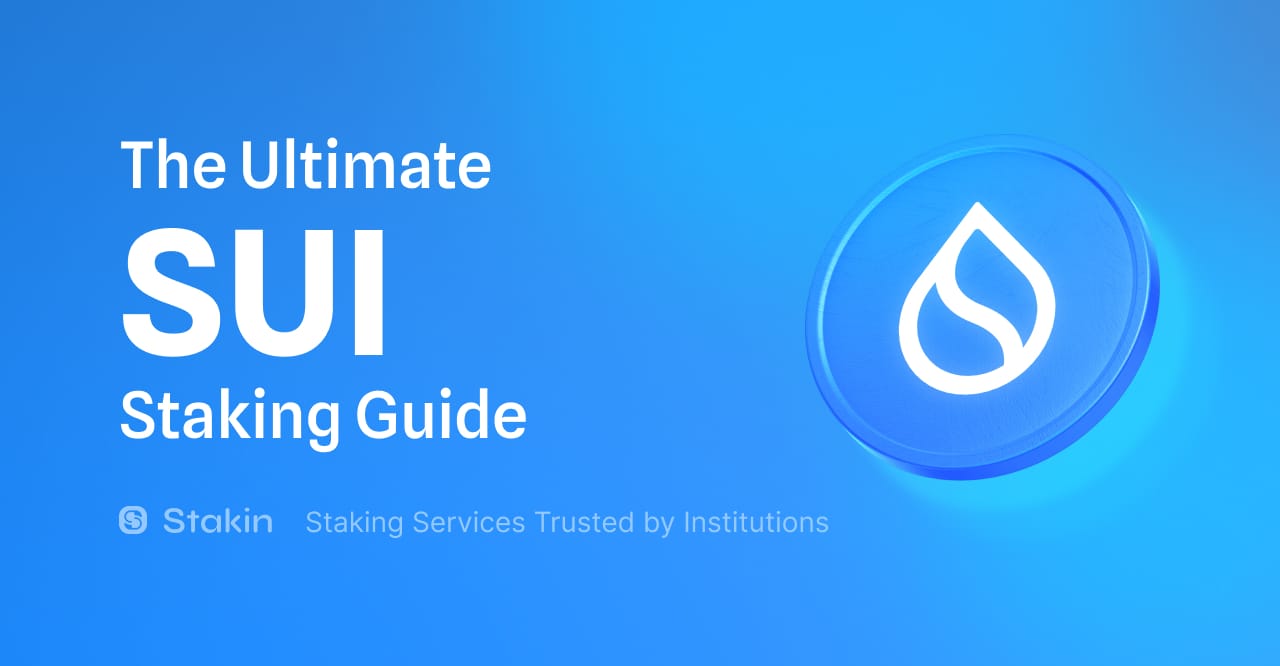On the recent anniversary of Sui’s mainnet launch, the network announced a groundbreaking update—becoming the fastest blockchain network and the leader among high-performance-oriented blockchains. The culprit? Sui’s new Mysticeti protocol which cuts consensus latency down to 390 ms.
Let’s dive deeper into what Mysticeti is.
Sui’s object-centric framework
Sui has already boasted commendable speeds even before the introduction of the Mysticeti upgrade. Within a year of its mainnet launch, Sui attained Lightning-fast transaction speeds, with time to finality clocked at 400 ms, 297,000 peak transactions per second in a controlled environment, and a record 65.8M transactions executed in a single day. Mysticeti’s groundwork was laid down by Pilotfish, the first multi-machine smart contract execution engine, enabling Sui network validators to use multiple machines and autoscale to execute more transactions when the load increases.
What makes Sui so fast?
The Sui blockchain’s most unique aspect is its object-centric approach. Unlike most blockchains that separate ownership tracking from the asset and its corresponding account, Sui's object-oriented framework means that everything on the chain is represented as an object, whether token balances, NFTs, user accounts, or smart contracts, each explicitly specifying its owner. This distinctive approach eliminates the need for a smart contract to monitor ownership, making the process of object ownership more direct.
Because of this object-centric approach, transactions involving only “owned objects,” such as peer-to-peer transfers, do not require consensus on Sui. Instead, transactions on Sui follow a fast-path execution that can be completed in a shorter time. In comparison, transactions involving the same shared object, such as marketplaces, auctions, or collaborative game assets, require consensus.

The table above compares the consensus protocols of several high-performance-oriented blockchains across two key metrics: consensus latency and transaction throughput. While TPS is the metric we usually focus on, latency is what truly matters from the end user's point of view. Latency is the time that passes between issuing a transaction and finalization. This makes it the actual “speed” of the blockchain that we observe as consumers. Seen from this perspective, Sei is the undisputed leader at the moment.
What is Sui’s Mysticeti upgrade?
One of blockchain technology’s key challenges has been achieving consensus with high throughput and low latency. The first solution to this dilemma arose from Cosmos’s Tendermint, a high-performance BFT consensus algorithm. In the years after, high-throughput and low-latency consensus saw further improvements from directed acyclic graphs/DAGs (particularly, the Narwhal mempool and the Tusk and Bullshark consensus algorithms).
Narwhal/Bullshark (N/B) introduced higher transaction throughput and responsiveness (which means confirmation latency of N/B is a function of the actual network delay rather than the network delay upper bound assumed under eventual synchrony).
Mysticeti made further improvements on top of Narwhal/Bullshark. This improvement boosts transaction speeds significantly while reducing CPU requirements for validators, extending Sui’s low latency performance to all transaction types across its network.
The Narwhal consensus mechanism certifies blocks individually, as they need to be signed by a majority of validators in each round before being shared with all. This process results in a latency of one and a half round trips for blocks during each round. As a commit takes two rounds in Bullshark, blocks need three round trips for a commit. Mysticeti validators instead just sign and share their blocks, achieving latency of a half-round trip for each block during a round. This change results in a 50 percent reduction of round trips, the best-known result for any existing DAG-based consensus algorithm.
Final thoughts
Mysticeti is a family of protocols designed to support next-generation distributed ledgers. To this end, its goal is to capture as wide a range of distributed ledgers as possible, whether consensus-based or consensus-less.
Stakin CEO Edouard Lavidalle has also expressed his enthusiasm for Mysticeti’s DAG-based structure:
“Sui has pushed the boundaries of blockchain technology and has set a new standard in consensus time for the entire industry. The mainnet rollout of Mysteceti is expected in the next few months, and we can't wait to support it on Mainnet with our enterprise-grade staking infrastructure.”
Mysticeti intends to deliver an improved user experience with lightning-fast transactions across all apps—from games to DeFi—with reliably high throughput and low fees. Regarding raw performance, Mysticeti effectively transforms Sui into a compelling competitor to centralized computing systems.



